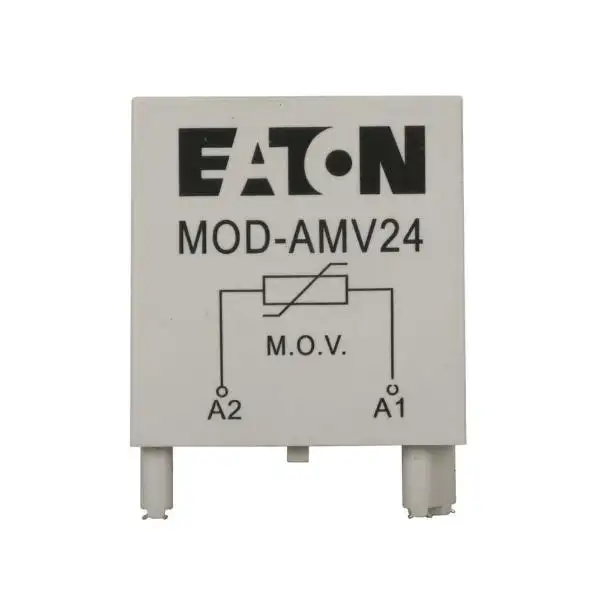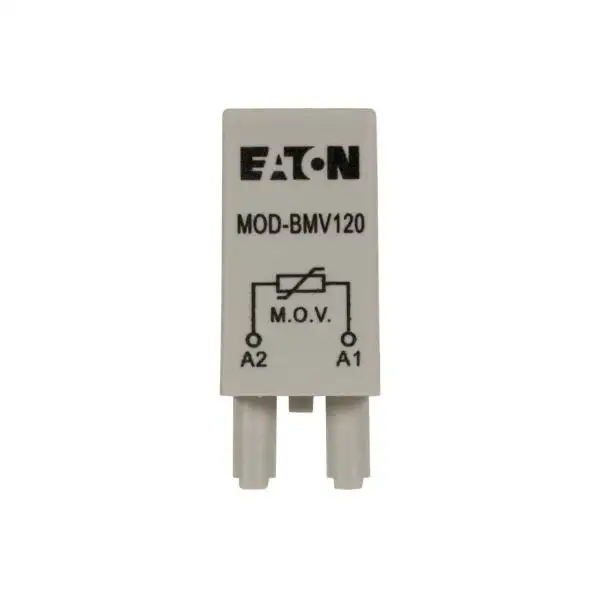Eaton D Series suppressors protect electrical devices against surges and spikes. They are integrated with MOVs (metal oxide varistors) that help limit the voltage applied to electronic equipment by ...Read More
Eaton D Series suppressors protect electrical devices against surges and spikes. They are integrated with MOVs (metal oxide varistors) that help limit the voltage applied to electronic equipment by diverting excess voltage away. These units are commonly used with electro-mechanical relays to protect against surges caused by lighting, switches and other sources of transient voltage. Read Less
 Change Country
Change Country
